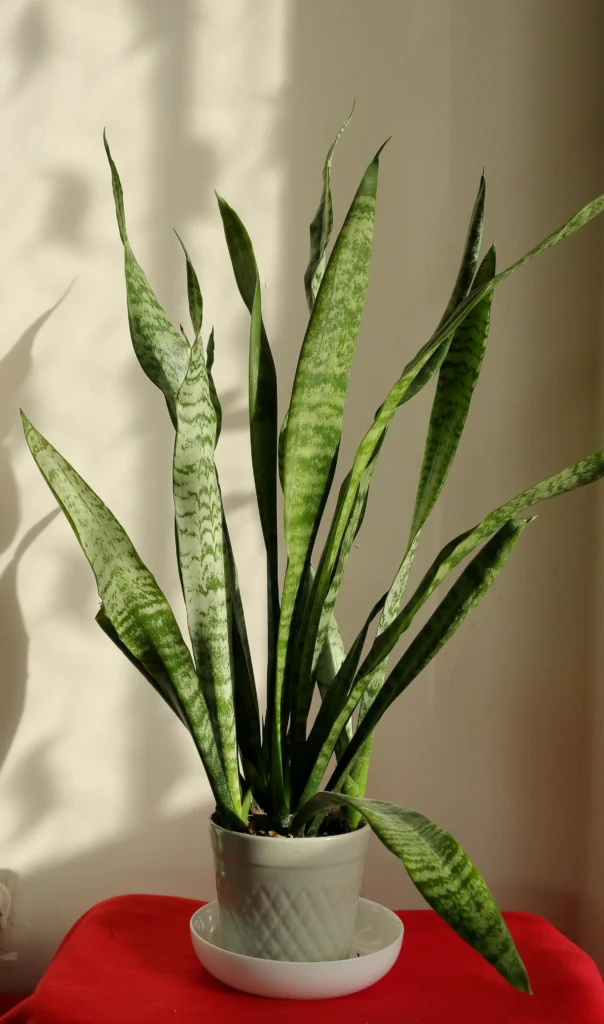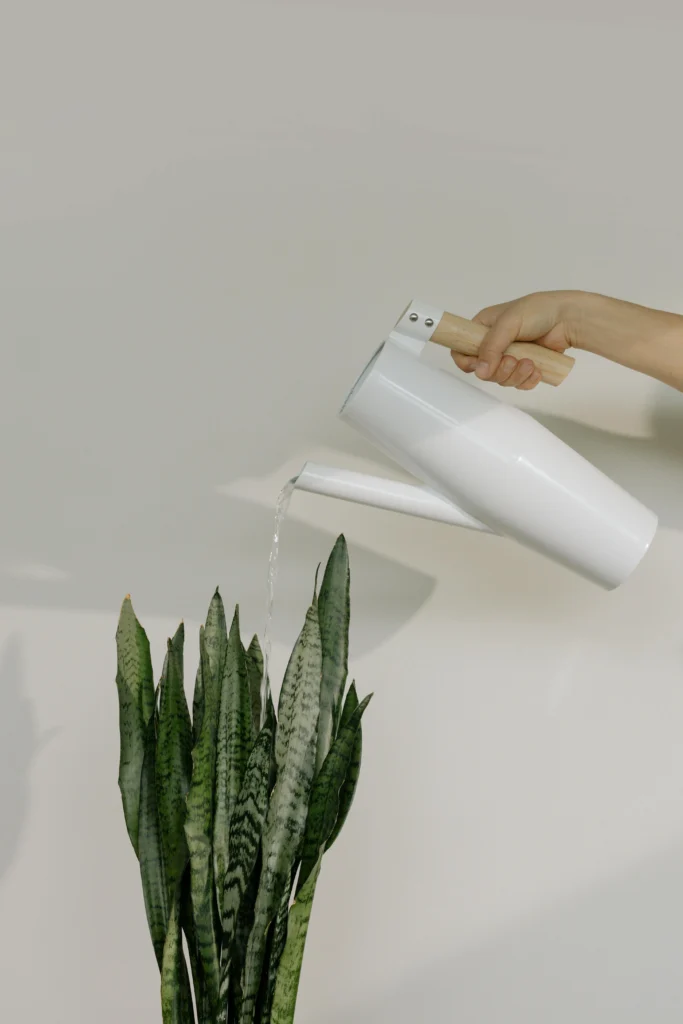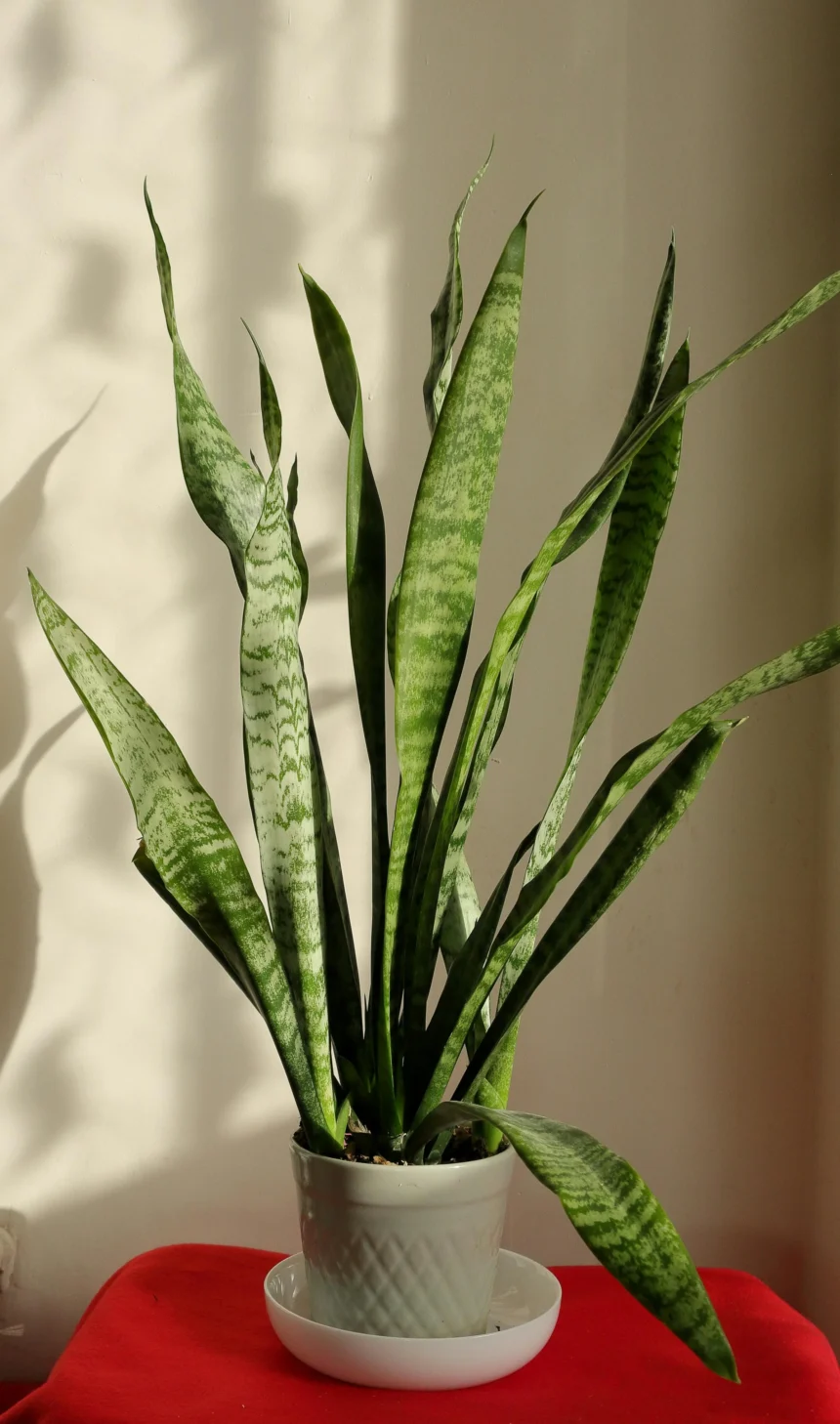Snake plants, also known as Sansevieria or mother-in-law’s tongue, are among the most popular indoor plants, notable for their beautiful, swordlike foliage and low-maintenance needs. But even the sturdiest may develop some signs of stress. That may puzzle you when you find your snake plant leaves bending. Well, nothing to be perturbed about-you are not alone, and your plant is communicating.
This article dives deep into the reasons behind bending snake plant leaves, how to identify the root causes, and actionable solutions to restore your plant’s health. By the end, you’ll not only have the answers but also a thriving plant.
What Does It Mean When Snake Plant Leaves Are Bending?
It is a sign of some hidden problem. Snake plants are pretty hardy, but poor care conditions, environmental issues, or even physical injury can result in the leaves drooping or sagginess.
Here’s what the bending leaves usually mean:
- Inadequate light: Snake plants enjoy being exposed to bright, indirect light; lack of it usually makes snake plants’ leaves bend.
- Watering issues: Over- or under-watering can compromise its leaves’ structural integrity.
- Potting problems: include root-bound plants or poor soil drainage that may stress the plant, causing droopy leaves.
- Physical trauma: involves an accidental bump, bruise, or damages during transport.
Now that we have gone through some of the probable causes, let’s explain these causes and see how to fix them.

Dealing with yellowing leaves on your snake plant? Discover the causes and solutions in our detailed guide here.
1. Not Enough Light: The Primary Culprit Behind Snake Plant Leaves Bending
Snake plants are adaptable, but their leaves are their solar panels; without enough light, they can’t photosynthesize properly, and feeble, bending foliage will ensue.
Symptoms of Light Deficiency
- Leaves that are firm yet bending at odd angles toward light sources
- Growth slows down or becomes leggy.
- Leaves lose their upright structure but do not change color.
How to Fix Light Issues
- Relocate your plant: Set your snake plant in front of a bright indirect light. A window facing east is perfect.
- Rotate the pot: Make sure it has even exposure by rotating the plant every few weeks.
- Supplement with artificial light: If the light is scarce, add a full spectrum grow light to offer more energy.
Keep in mind that in case one or two leaves are bending and yet the plant is still healthy, this is a sure sign that it wants more light. Once moved to a more prominent location, in a week or two, the leaves perk up.
2. Watering Problems: Overwatering vs. Underwatering
Another frequent cause of snake plant leaves bending is improper watering. Water in moderation, because too much water and an absence of water can greatly deteriorate them.
Overwatering
Snake plants which have been overwatered develop soggy roots, resulting in weak, droopy leaves. Symptoms include:
- Soft, mushy leaves that bend or fall over.
- Yellowing foliage.
- A foul smell in the soil due to root rot.
Solution:
- Give the plant a chance to breathe immediately, and examine for root rot.
- Repot the plant in fresh, well-draining soil.
- Water only when the soil is completely dry, usually every 2-4 weeks.
Underwatering
On the other hand, too little water is associated with underwatering, where the plant, due to lack of moisture, can only conserve energy and fold up its leaves. Signs include:
- Dry and crispy tips.
- Leaves curl up.
Solution:
- Gradually increase watering; however, it should never be flooded after a long drought.
- Use a moisture meter to check when the soil is dry.
3. Soil and Potting Problems
The health of your snake plant’s root system directly impacts its leaves. Poor drainage, compacted soil, or an undersized pot can lead to bending leaves.
Common Soil and Potting Issues
- The plant is root-bound, with tangled roots circling the pot.
- Soil retains too much water, suffocating the roots.
- A pot without drainage holes causes water to pool at the bottom.
How to Solve Potting Problems
- Repot your plant: Choose a pot 1-2 inches larger in diameter than the current one.
- Use the proper soil mix: such as cactus or succulent mix, which is conducive to better drainage.
- Look for a pot with drainage holes: Allow excess water to leave the pot.
Repotting every 2-3 years can help avoid these problems and promote healthy growth.

4. Physical Damage: Accidental Trauma
Sometimes, the cause of snake plant leaves bending may be something simple as physical damage. TheSnake plant may sustain mechanical injury at the time of transportation, bumping against the plant, or even heavy objects that press upon the leaves may weaken their structure.
How to Identify Physical Damage
- A single leaf that is bent, bearing visible scars or cracks.
- No yellowing or softening of the leaves.
Fixing Physically Damaged Leaves
- Trim damaged leaves close to the soil line with sterilized scissors.
- Provide optimal care to promote new growth.
Preventing Snake Plant Leaves From Bending
Prevention is always better than cure. Here’s how to keep your snake plant upright and healthy:
- Maintain consistent lighting: Bright, indirect light is ideal.
- Follow a watering schedule: Let the soil dry out completely before watering.
- Regularly inspect the roots and soil: Repot if necessary.
- Keep it safe from bumps and bruises: Avoid high-traffic areas where accidents might occur.
Looking to expand your collection of snake plants? Learn how to care for them during propagation in our step-by-step guide here.
Frequently Asked Questions
Can I Save a Snake Plant With Severely Bent Leaves?
Yes, please! Move the plant to a brighter spot, adjust your watering habits, and take off the damaged leaves; allow it to recover.
How Often Should I Water My Snake Plant?
It is generally sufficient to water it every 2-4 weeks, but frequency depends on a plant’s surroundings and pot size.
Will Bending Leaves Straighten Out?
If due to light deficiency, leaves usually perk up after 1-2 weeks once the light conditions have been adjusted. Very damaged leaves may want trimming, though.
Final Thoughts: A Brighter Future for Your Snake Plant
Your snake plant’s drooping leaves don’t have to be a permanent problem. By understanding the causes whether it’s light, water, or soil and making a few adjustments, you’ll help your plant regain its iconic upright stature.
Still curious about your indoor plants? Dive into more tips and tricks on how to care for them in our comprehensive guide here. Just be sure to provide the right amount of love and patience for your snake plant to be that centerpiece in your indoor oasis.








